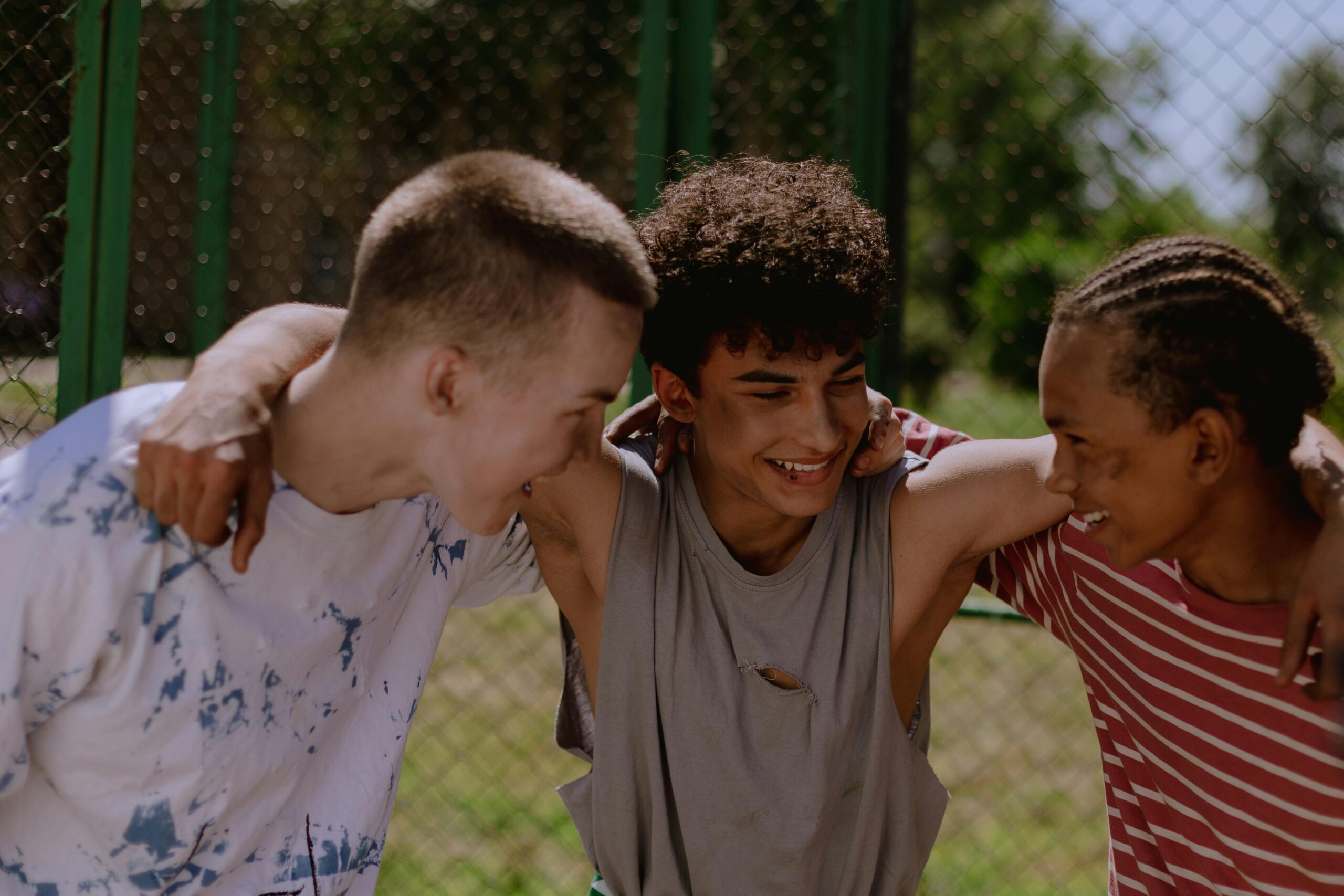As parents we deeply feel our kids’s emotions. When they’re hurting our natural instinct is to step in and fix it, to say the right thing, offer a distraction, or highlight something positive to lift their spirits. One of the most impactful things we can do as parents is resist this urge. Our job is not to make our kids happy; it’s to help them build emotional resilience.
The Unintended Consequences of Prioritizing Happiness
When we focus on keeping our children happy, we unintentionally teach them that certain emotions like sadness, disappointment, or frustration are unsafe.
Imagine your child says, “I’m the only one in my class who can’t read.” That’s painful to hear as a parent. Maybe it’s true, maybe it’s not. Either way, our instinct might be to immediately reassure them: “Everyone learns at their own pace! But you’re amazing at soccer!” While this response is well-intentioned, what it actually teaches the child is that their discomfort needs to be quickly replaced with happiness.
Children don’t just learn from the situations they experience; they absorb what we model. If, every time they feel sadness or frustration, we rush to turn that feeling into something positive, they learn to fear those emotions rather than tolerate them.
Fast forward to adulthood: when they experience setbacks (“I’m the only one in my friend group who isn’t married”), they may feel an intense need to escape those feelings rather than process them. The result? Anxiety.
What Is Anxiety, Really?
Anxiety isn’t actually a feeling—it’s the experience of trying to run away from a feeling. But here’s the challenge: you can’t outrun an emotion that exists inside your body. When kids aren’t given space to experience a full range of emotions, they grow up fearing them. This leads to adults who avoid discomfort at all costs, whether through distraction, numbing behaviors, or chronic worry.
Resilience Over Happiness
The goal of parenting isn’t to ensure our kids are always happy. Instead, we want to help them build resilience, the ability to sit with and tolerate a wide range of emotions without needing to escape them.
So, what can we do instead? When our kids express painful emotions, we can:
- Validate their feelings. “That sounds really hard. I can see why you’re feeling that way.”
- Normalize all emotions. “It’s okay to feel sad about this. We all feel that way sometimes.”
- Model emotional regulation. Show them that feelings come and go, and they don’t need to be feared. “I know you’re feeling upset right now. I’m here with you. Let’s take a deep breath together.”
Long-Term Emotional Health
Helping our children embrace discomfort doesn’t mean we ignore their pain, it means we sit with them in it. Over time, this helps them develop the emotional tools they’ll need throughout life: how to navigate big feelings, tolerate discomfort, and trust that emotions are temporary.
By shifting our focus from happiness to resilience, we empower our kids to become emotionally strong, adaptable, and confident in facing life’s inevitable ups and downs. And that, ultimately, leads to a deeper, more lasting sense of well-being.
Would you like my free 10 Ways to Have a More Resilient Teen? Grab it HERE!






